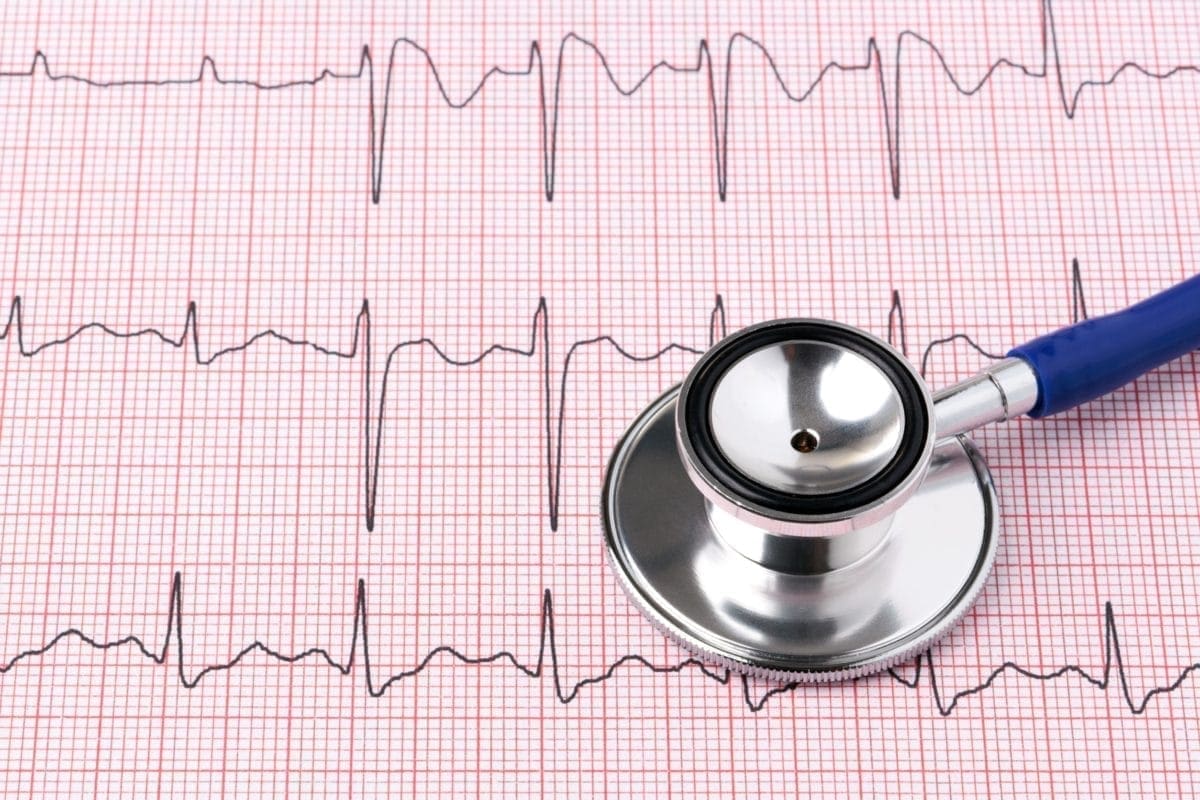The back plays a vital role in maintaining the structure of our body. It also provides support to the entire body and helps in keeping us flexible, upright, and strong. Furthermore, the lower back region or the lumbar area helps to protect several body tissues. The main components that forms the back include tissues, muscles, spine, tendons and nerves, subcutaneous and fat tissues.
Some symptoms can be a sign of a specific type of aneurysm: Pain in the abdomenor lower back extending into the groin and legsmay be due to an abdominal aneurysm. Also, the other night I was sitting on my bed and suddenly felt my heartbeat in this area of my back. I was very bothered by it. 2 Comments Tommy101101. Check symptoms for abdominal aortic aneurysm Tommy101101. Check symptoms for abdominal aortic aneurysm Comment. I too have had similar problems with my lower back, but it only is a.

Various reasons can lead to back pain just like other parts of the body. Nevertheless, this kind of pain is a major illness symptom that badly affects an individual and harms their daily life activities. The most important harm throbbing back pain causes is the restriction of one’s movement. Other harms include inability to carry out daily life normal activities like walking, lifting heavy items, et cetera.
Throbbing back pain might be of acute or chronic nature. Sims 4 toddler playground. Acute throbbing lower back pain might occur at irregular intervals or just one time; while on the other hand, chronic back pain occurs often and pain can continue beyond three months.
The lower back region as discussed above plays a number of essential roles for human body. When a person stands, lumbar region supports the weight of their upper body. Lower back is also responsible for movements like bending, extending, or even rotating the waist region. Thus, this region is susceptible to various kinds of injury owing to various movements and leads to throbbing serious pain. Injury to this region can impair activities like weight bearing; the pain being detected when body is in erect posture or utilized in different movements. The lumbar region also protects the soft tissue systems like nervous system, spinal cord and the nearby organs present in abdomen and pelvis. Thus it becomes critical to take extra care of this region so as to prevent injury to this delicate organs and tissue systems.
Throbbing lower back painis also referred to as lumbar backache. Common reasons for throbbing lower back pain includes lumbar strain, lumbar radiculopathy, and nerve irritation, condition of the joints and bone, and bony encroachment.
An injury to ligaments, muscles, and/or tendons of the lower back due to stretching is called as lumbar strain. Such stretching incidents result in minute tearing of tissues, which can be of varying degree and might occur due to trauma, improper use, or overuse.
Soft-tissue injuries are categorized as acute pain if it occurs for few days to weeks. However, if the strain persists for more than months, it is categorized as chronic. Lumbar strain commonly occurs at the age of 40s, but so is not an exclusive case. The symptoms are localized discomfort in lower back region triggered by events that might have mechanically stressed the lower back tissues. Nerve irritation includes irritation of lumbar nerves due to mechanical pressure caused by bone and/or other tissues, disease.
These irritations can be caused anywhere throughout the path of nerves, from their roots located at spinal cord up to skin surface. Lumbar disease that can cause throbbing lower back paininclude lumbar disc disease or radiculopathy, inflammation of lumbar nerves due to viral infection, or bony encroachment.
Sometimes, the reason may differ for right side and left side throbbing lower back pain. The major reasons that cause such pain on the right side include herniated spinal discs, spasm of muscles on right side owing to improper weight-lifting methods and bad posture. Additionally, some other reasons that can cause throbbing right sided lower back pain includes gallstone colic, right kidney disorder (or right sided renal stone colic like hydro-nephrosis that results in right sided pain), and right ureteric calculi. Right sided lower back pain also occurs in women because of gynecological problems like uterine prolapse, uterine fibroid, et cetera. Even diseases like tuberculosis of the spine, trauma on right side of lumbar region, and wearing shoes with high heel can also cause right sided throbbing lower back pain.
The reasons causing throbbing left sided lower back pain are not much different from those causing right sided pain except for gall stone colic. However, some more reasons that exclusively give rise to left-sided lower back pain includes injury to lumbar muscles, tissues, and nerves; pregnancy. Left kidney stone, left kidney infections, left ureteric stones. Obesity is a major cause of left-sided lower back pain, whereas, irritable bowel movements affecting left colonic flexure, and lumbar spondylitis also causes left sided throbbing pain.

Home Remedies
Local application of lavender or ginger essential oil is extremely helpful and provides relief from throbbing lower back pain that which occurs due muscle spasms, sciatica, and pregnancy. Warm fomentation helps in case of mild or acute discomforts.
When to seek doctor’s help
In case of severe pain or chronic lower back pain, it is advisable to immediately see a doctor and get X-rays done to identify the underlying cause of the pain and
Hxh phantom rouge movie. Related posts:
Medically reviewed by: Marilyn Folk, BScN.
Last updated: February 9, 2021
Pulsing or throbbing muscles, Pulsing or throbbing sensation descriptions:
- You may feel a pulsing sensation in one or more muscles or groups of muscles, or parts of the body.
- This pulsing throbbing feeling can be a slow, mild, rhythmic pulsing or throbbing, or may feel like a rapid gentle tremor-like sensation, or a combination of these sensations.
- This pulsing throbbing feeling may be visible to the eye, or not visible at all.
This pulsing throbbing feeling can persistently affect one area only, can shift and affect another area or areas, and can migrate all over and affect many areas over and over again.
This pulsing throbbing feeling can come and go rarely, occur frequently, or persist indefinitely. For example, you may feel a pulsing throbbing feeling once in a while and not that often, feel it off and on, or feel it all the time.
This pulsing throbbing feeling may precede, accompany, or follow an escalation of other anxiety sensations and symptoms, or occur by itself.

This pulsing throbbing feeling can precede, accompany, or follow an episode of nervousness, anxiety, fear, and elevated stress, or occur ‘out of the blue’ and for no apparent reason.
This pulsing throbbing feeling can range in intensity from slight, to moderate, to severe. It can also come in waves, where it’s strong one moment and eases off the next.
This pulsing throbbing feeling can change from day to day, and/or from moment to moment.
All of the above combinations and variations are common.
This pulsing throbbing sensation can be more noticeable when resting, relaxing, or when trying to go to sleep.
Advertisement - Article Continues Below
Muscle Throbbing In Back
What causes the anxiety symptom pulsing throbbing sensation?
Throbbing Back Pain
Anxiety causes the body to produce the stress response (also known as the fight or flight response). The stress response adversely affects the body's nervous system, which is responsible for the nerve impulses that cause muscle movements. When the nervous system becomes overly stressed, it can act in erratic and more involuntary ways. Experiencing pulsing throbbing muscles and/or muscle groups is an example of this erratic and more involuntary behavior.
How to get rid of the anxiety symptom?
Because this symptom is just a symptom of elevated stress, it needn't be a cause for concern. It's not dangerous and is generally not an indication of something more serious. This pulsing throbbing sensation will subside when you reduce your body's stress and give your body ample time to calm down. As your body's stress returns to a normal level, symptoms of stress subside, including the pulsing throbbing anxiety symptom. Therefore, this anxiety symptom needn't be a cause for concern.
For a more detailed explanation about all anxiety symptoms, why symptoms can persist long after the stress response has ended, common barriers to recovery and symptom elimination, and more recovery strategies and tips, we have many chapters that address this information in the Recovery Support area of our website.
The combination of good self-help information and working with an experienced anxiety disorder therapist is the most effective way to address anxiety disorder and its many symptoms. Until the core causes of anxiety are addressed - the underlying factors that motivate apprehensive behavior - a struggle with anxiety disorder can return again and again. Identifying and successfully addressing anxiety's underlying factors is the best way to overcome problematic anxiety.
Additional Resources:
- For a comprehensive list of Anxiety Disorders Symptoms Signs, Types, Causes, Diagnosis, and Treatment.
- Anxiety and panic attacks symptoms can be powerful experiences. Find out what they are and how to stop them.
- Free online anxiety tests to screen for anxiety. Two minute tests with instant results. Such as:
- Anxiety 101 is a summarized description of anxiety, anxiety disorder, and how to overcome it.
Return to Anxiety Disorders Symptoms section.
anxietycentre.com: Information, support, and therapy for anxiety disorder and its symptoms, including the anxiety symptom pulsing throbbing.
Throbbing Heartbeat In My Back
Connect With Us On:

Advertisement
Throbbing Heartbeat In Ear
Advertisement
Throbbing In Back Of Head
